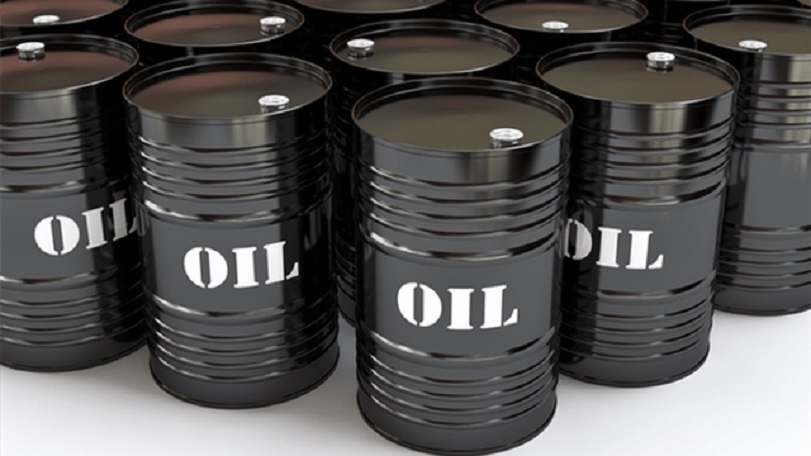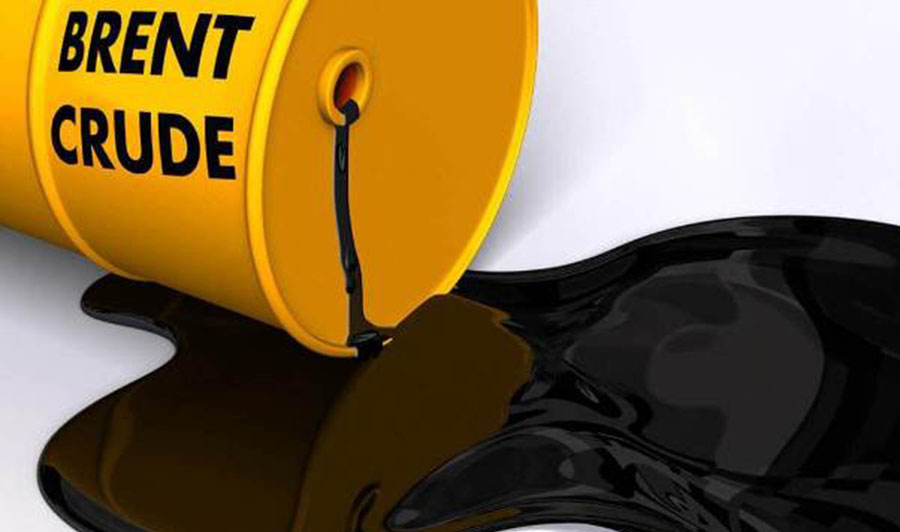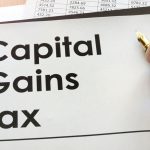By Adedapo Adesanya
Oil traded higher on Wednesday after data showed US crude stockpiles fell last week while a stronger Dollar capped gains, with Brent crude futures rising by 42 cents or 0.5 per cent to $83.58 a barrel and the US West Texas Intermediate (WTI) crude futures gaining 61 cents or 0.8 per cent to finish $78.99 a barrel.
The US Energy Information Administration reported an inventory draw of 1.4 million barrels for the week to May 3 compared with a build of 7.3 million barrels estimated for the previous week that pressured prices last week.
On Tuesday, the American Petroleum Institute estimated crude oil inventories had added a modest half a million barrels in the week to May 3.
The EIA, for its part, also reported small inventory builds in gasoline and middle distillate inventories for the period.
This happened even as the Dollar, the currency of trading the commodity, strengthened as investors bet on the US economy outperforming peers, weighed on crude oil prices.
A stronger greenback dampens oil demand by making the dollar-denominated commodity more expensive for investors holding other currencies.
Traders brushed off Middle East war risk after hopes of a ceasefire in Gaza put some downward pressure on oil prices in recent trading sessions, with some analysts saying the risk premium on oil had declined in tandem.
Without the current geopolitical trigger, the market is left with inflation in the US that is countered by interest rates that not only keep the US Dollar elevated but make any sort of commodity trading more expensive.
Meanwhile, the US believes negotiations on a Gaza ceasefire should be able to close the gaps between Israel and Hamas.
The EIA’s latest Short-Term Energy Outlook also contributed to the bearishness with the government agency revising its oil demand forecast for the year down, now expecting global demand to grow by 920,000 barrels per day this year to 102.84 million barrels daily. That’s down from a forecast for growth of 950,000 barrels per day in last month’s edition of the report. In supply, the EIA upped its growth forecast to 920,000 barrels per day from 850,000 barrels per day.
None of this seems likely to come from the Organisation of the Petroleum Exporting Countries and its allies, OPEC+ as the cartel prepares for its next meeting in June when most observers expect it would extend its voluntary production cuts, possibly until the end of the year.



































